FastCompany & The Wallstreet Journal recently publised stories studying the growth of Web Advertising sales - and I couldn't help but agree with many of their conclusions. Web Advertising recently took over TV advertising (in total dollar expenditure) in Britain - but several major problems remain.
First, only 16% of internet users click on banner ads - meaning the notion of paying people for clicks may be overrated. To further drive home this point, 8% of internet users account for 85% of all banner clicks. This statistic suprised me at first, but then I realized that the only banners I had clicked on in the past year had been by accident. HP may sponsor slate.com, and own the entire first page, but the success of that ad shouldn't be based on how many people "click". The mere reminder that HP is having a sale, or is launching a new product is sufficient - it's building brand awareness. I may not need a laptop today, and hence wouldn't click, but may need one two months from now, or simply refer a friend to HP should they be looking for one. CPM, based on the number of impressions an ad gets are significantly more useful, and cost effective.
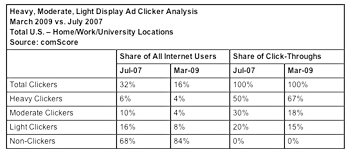
For this blog I use google adwords, and most of my costs are derived from CPC advertising. However, when I track who has been to my site, the number of feed subscribers, and where they came from, I realize that many of the clicks were errors. (This may not be a good thing to advertise...but it's true.) However, when the clicks are legitimate, either sourced from a keyword search in google, or a click on a banner ad that was posted on a relevant page (perhaps another Tech/VC blog), then the number of subscribers goes up, as does the number of pageviews. I would say that only about 1/4 of the clicks I pay for in the CPC format are "good clicks" - meaning I paid to get a user to my site, and that user sees the value of my site and chooses to subscribe, or views more than one page.
I'm not sure web advertising has found its true form yet - but so far people seem to be buying it, and buying it hard.
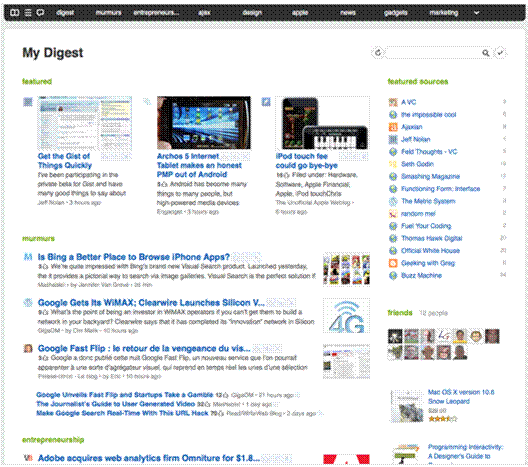
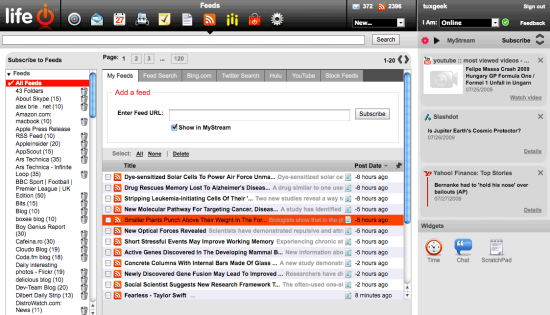
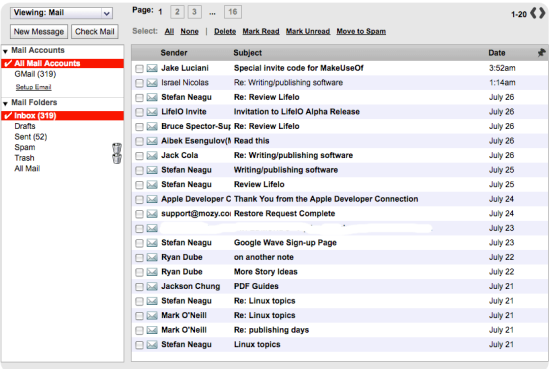



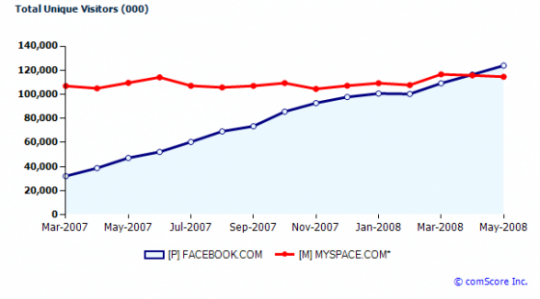
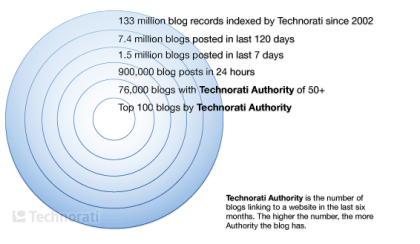
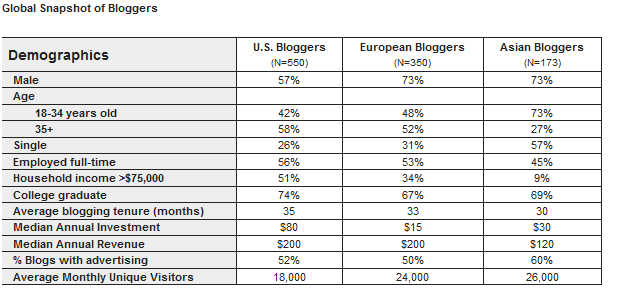

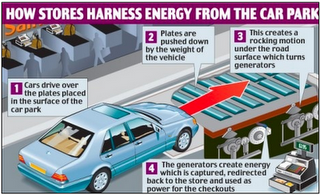
![Reblog this post [with Zemanta]](http://img.zemanta.com/reblog_e.png?x-id=937a0b37-2e41-45eb-974f-f380cdeb9669)
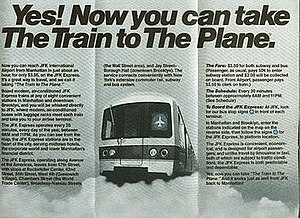
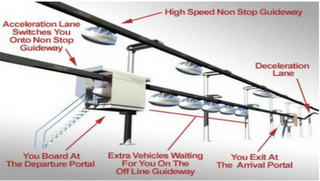

![Reblog this post [with Zemanta]](http://img.zemanta.com/reblog_e.png?x-id=94b8a462-1827-4c4a-ba56-ddb175b3aa71)


![Reblog this post [with Zemanta]](http://img.zemanta.com/reblog_e.png?x-id=524a0209-f193-41a0-9101-b1b41bd5f6f2)